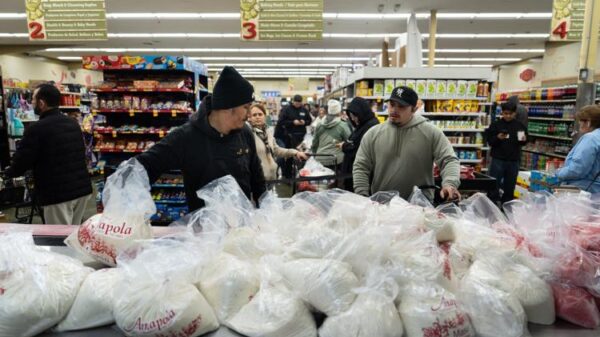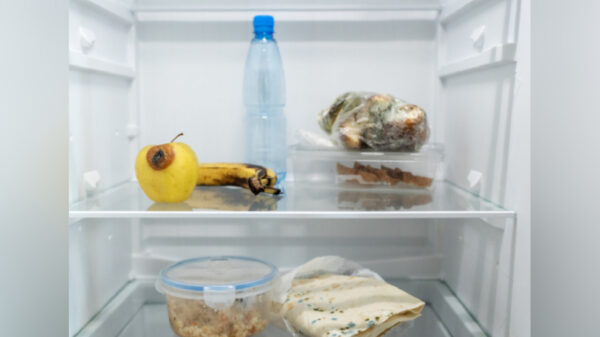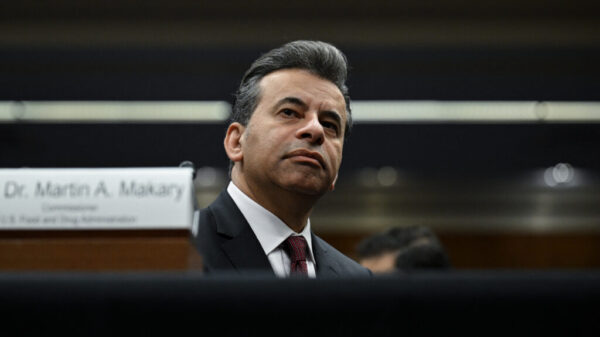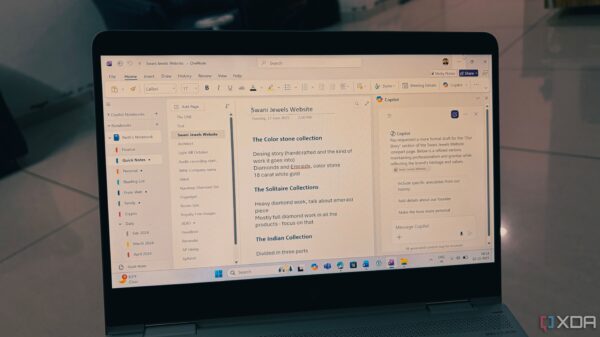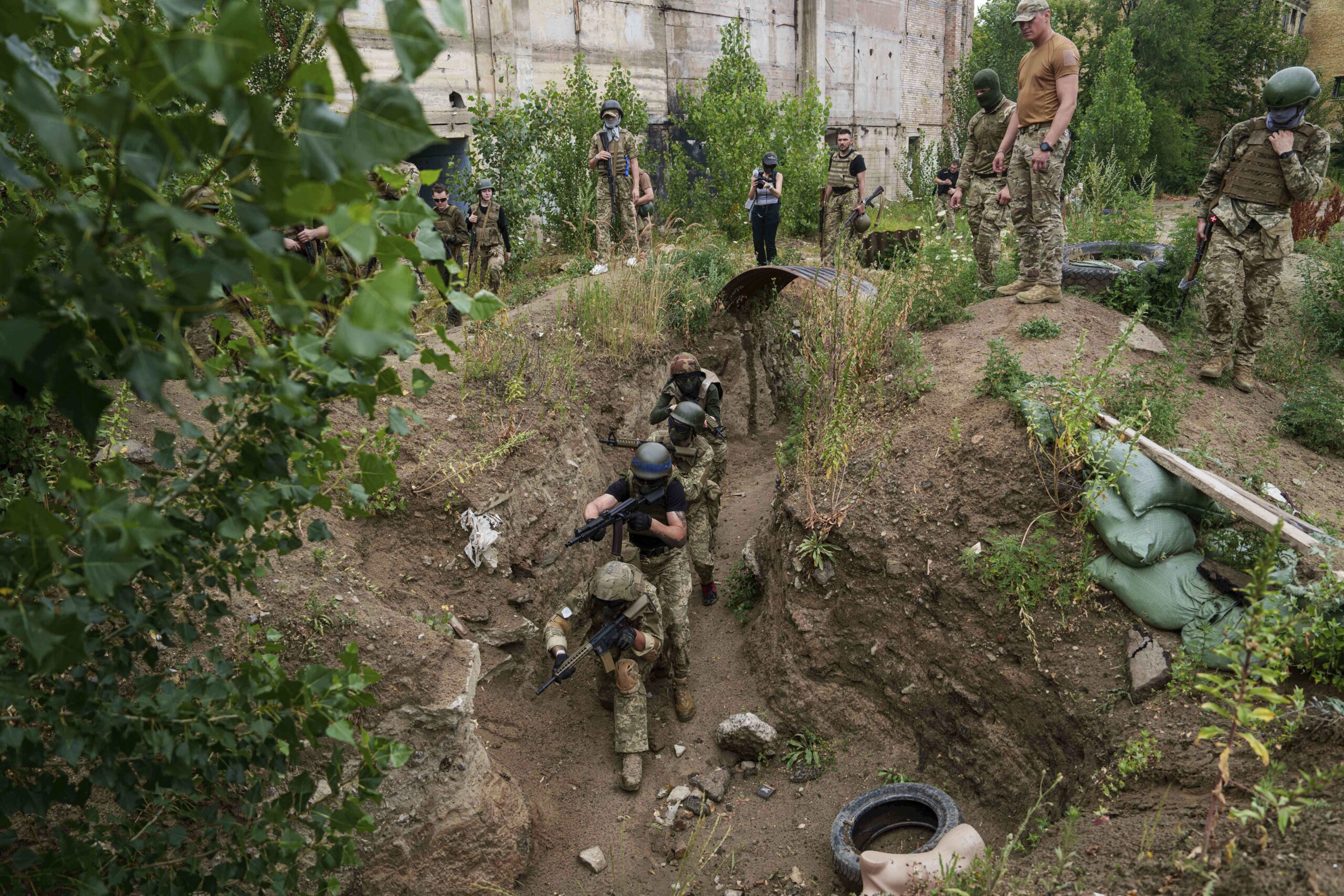Ukrainian President Volodymyr Zelenskyy announced plans to increase domestic arms production to meet half of the country’s military needs within the next six months. This initiative comes as Ukraine faces ongoing challenges from Russia amid its invasion. The announcement is part of a broader strategy to enhance military capabilities and reduce reliance on foreign weapon shipments.
Currently, domestic defense manufacturing accounts for nearly 40% of the weapons utilized by the Ukrainian military, according to Zelenskyy. With Western nations expressing uncertainty regarding the speed and volume of future arms deliveries, Ukraine is prioritizing the expansion of its own production capabilities. In a video address late Wednesday, Zelenskyy emphasized the urgency of this effort, stating, “We must reach the level of 50% Ukrainian-made weapons within the first six months of the new government’s work by expanding our domestic production.”
Increasing Military Capacity Amid Ongoing Conflict
The need for enhanced military resources is vital as Russia intensifies its summer offensive, launching numerous attacks against Ukrainian cities using drones and missile systems. The Ukrainian military continues to develop its own long-range drones, which have been employed in strikes deep within Russian territory. In response, Russian air defenses have reportedly intercepted 122 Ukrainian drones in a single night, according to the Russian defense ministry. This wave of drone activity has disrupted air traffic at major airports in Moscow and St Petersburg, although most drones were neutralized over border regions such as Bryansk and Kursk.
As the situation evolves, questions remain regarding the timing of promised military assistance from the United States, especially concerning Patriot missile systems that are critical for bolstering Ukrainian air defenses. While U.S. President Donald Trump has committed to providing these systems, the funding will be sourced from European countries.
NATO Secretary-General Mark Rutte confirmed on Monday that the alliance is coordinating military support with contributions from various allies, including Germany, Finland, Denmark, Sweden, Norway, the United Kingdom, the Netherlands, and Canada. Additional commitments are anticipated in the coming weeks as NATO members seek to bolster Ukraine’s defenses.
A Focus on Domestic Production
The push for increased local arms production reflects Ukraine’s strategy to shift the battlefield dynamics back to Russian territory. Zelenskyy underscored the importance of building a robust defense industry to achieve this goal. “What we need is greater capacity to push the war back onto Russia’s territory — back to where the war was brought from,” he stated.
As the conflict continues, the urgency of equipping Ukrainian forces cannot be overstated. The country’s military leadership is working diligently to ensure that the armed forces are adequately supplied, not only to defend against ongoing assaults but also to regain lost ground.
In this context, the new Ukrainian government’s commitment to boosting arms production is a crucial step towards strengthening national security and enhancing the military’s operational effectiveness. With the situation on the ground constantly evolving, the coming months will be pivotal for Ukraine as it navigates the challenges posed by the ongoing conflict with Russia.
Reporting from Wiesbaden, Germany, and contributions from Geir Moulson in Berlin highlight the international dimensions of this pressing issue. The outcome of Ukraine’s efforts to ramp up local arms production will significantly impact its ability to respond to the ongoing challenges from Russia.

